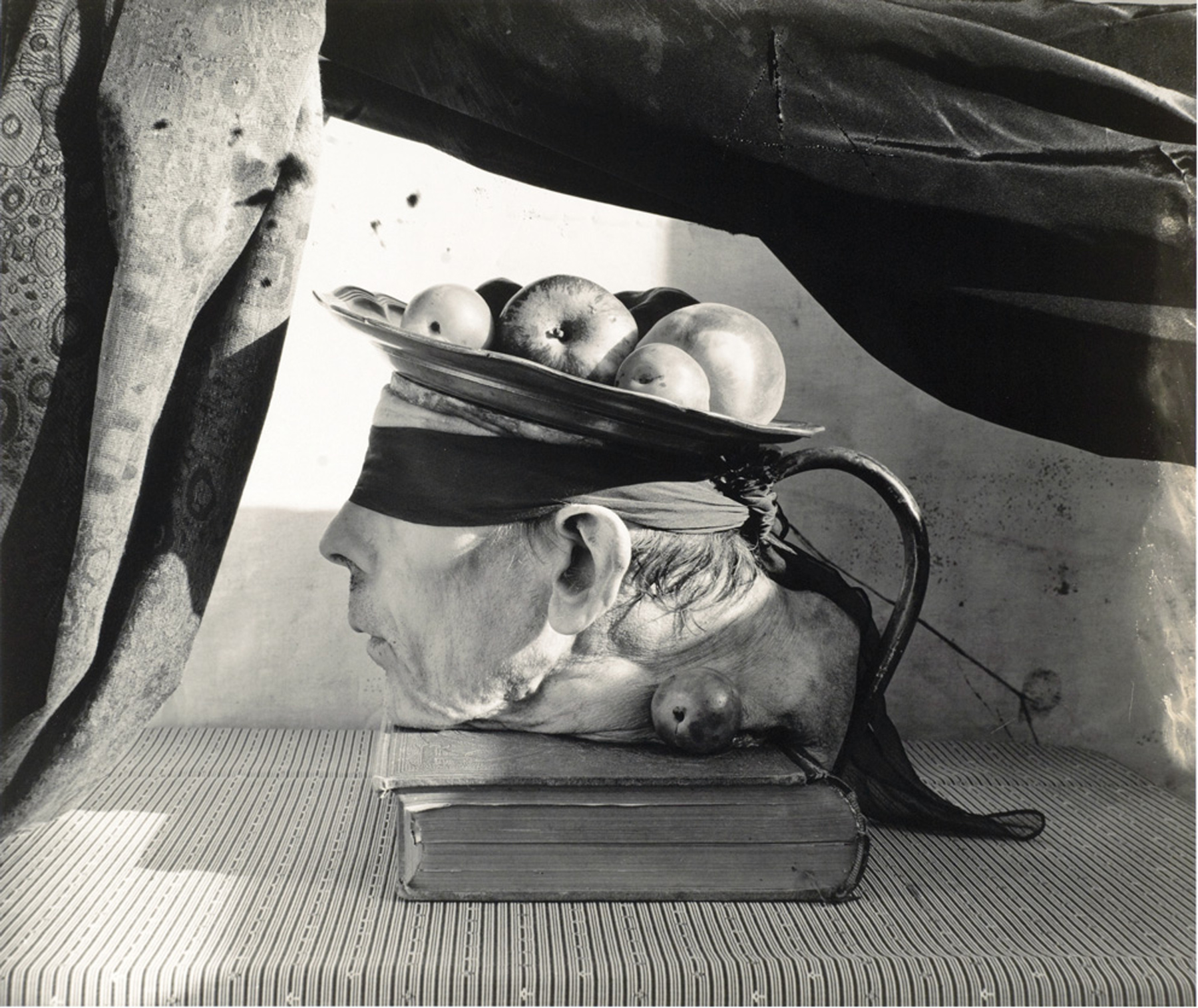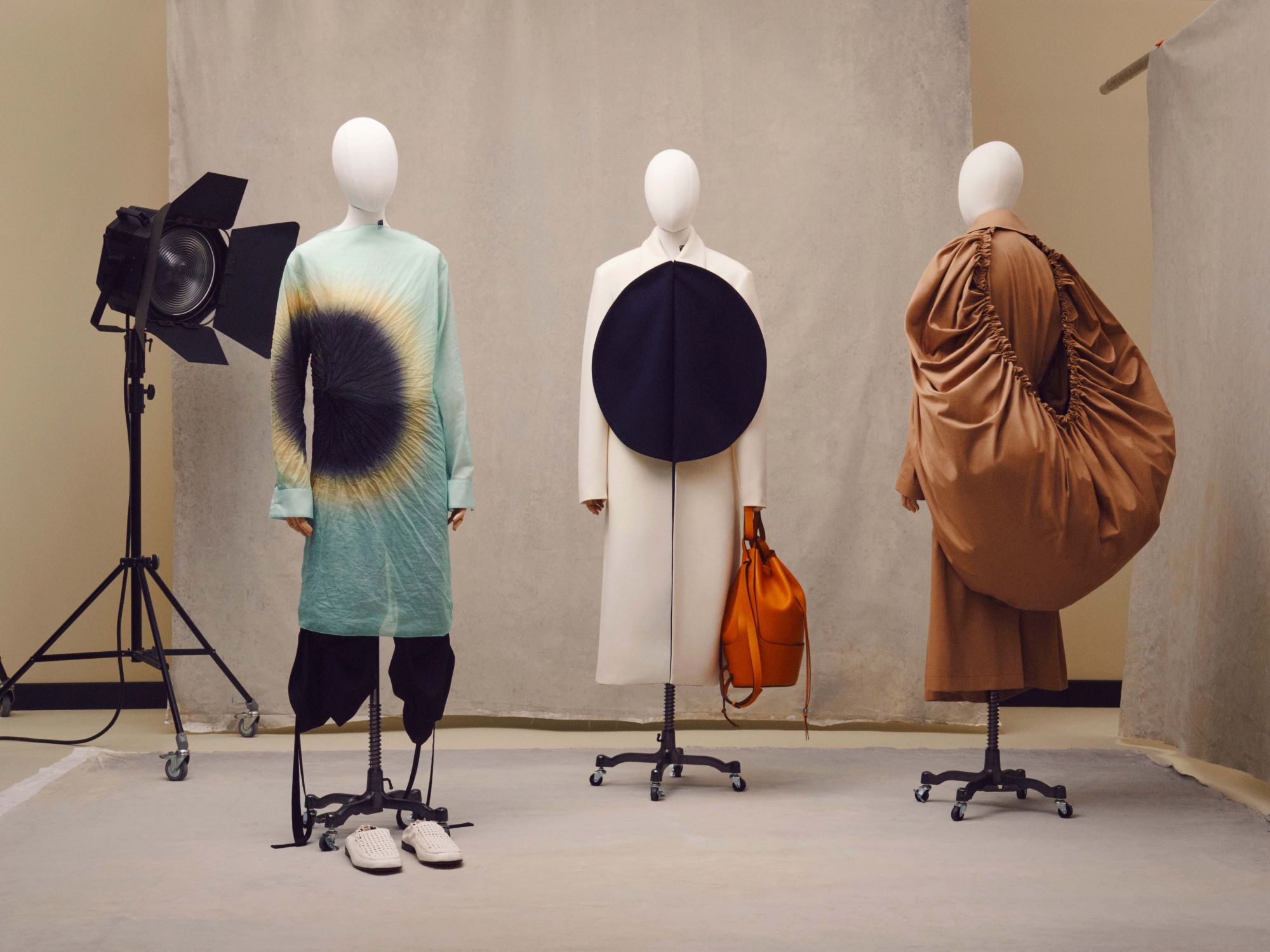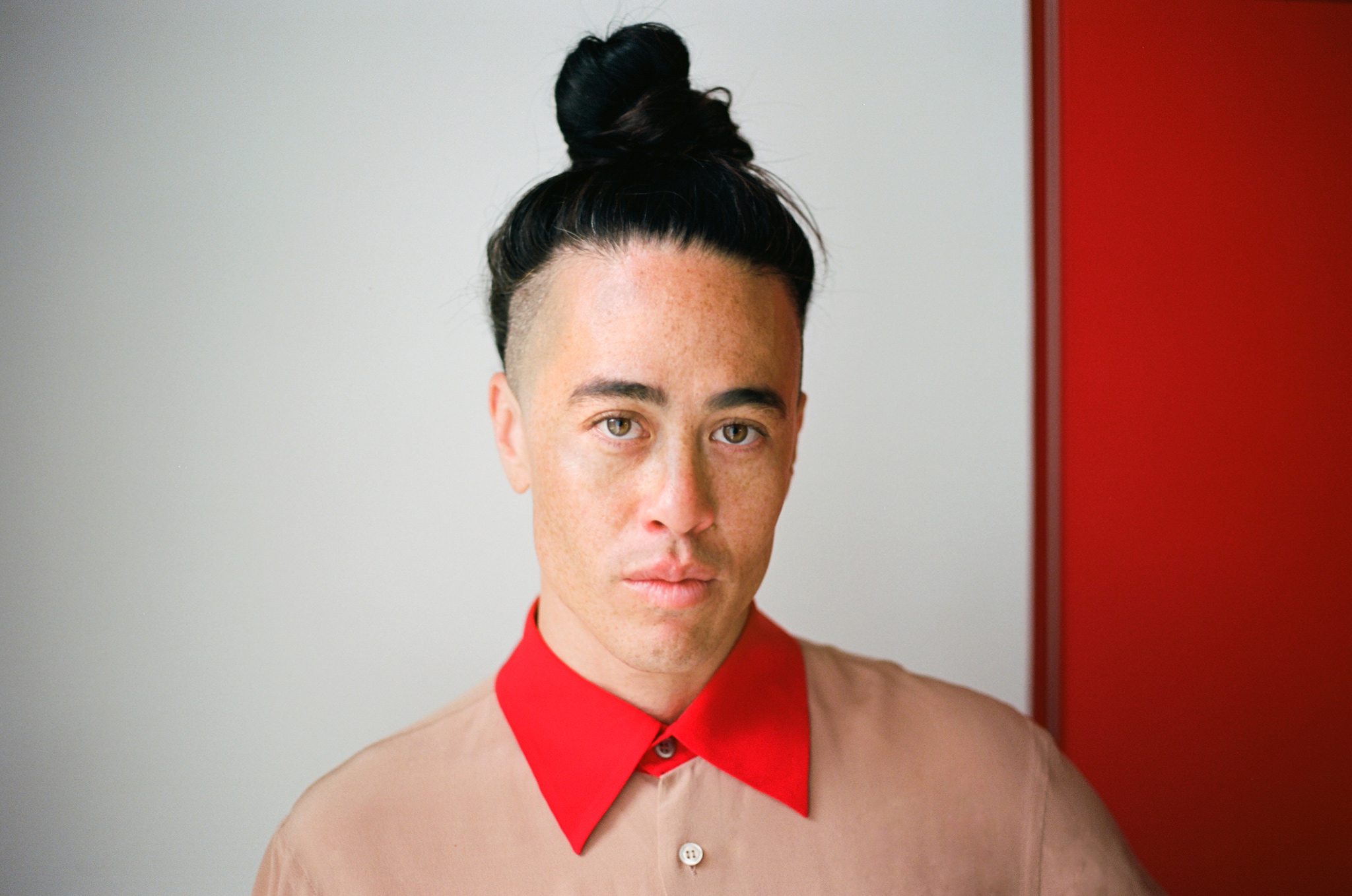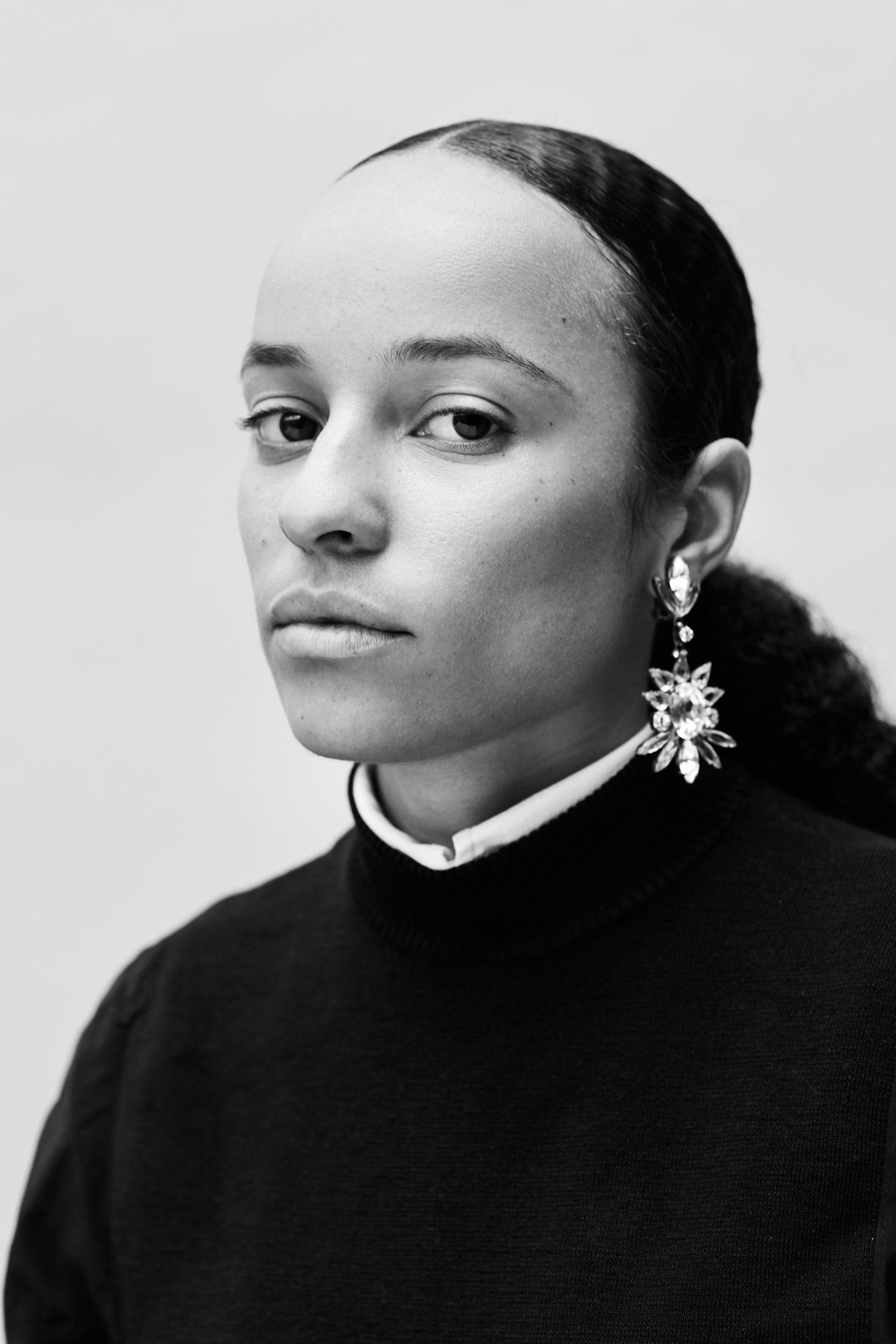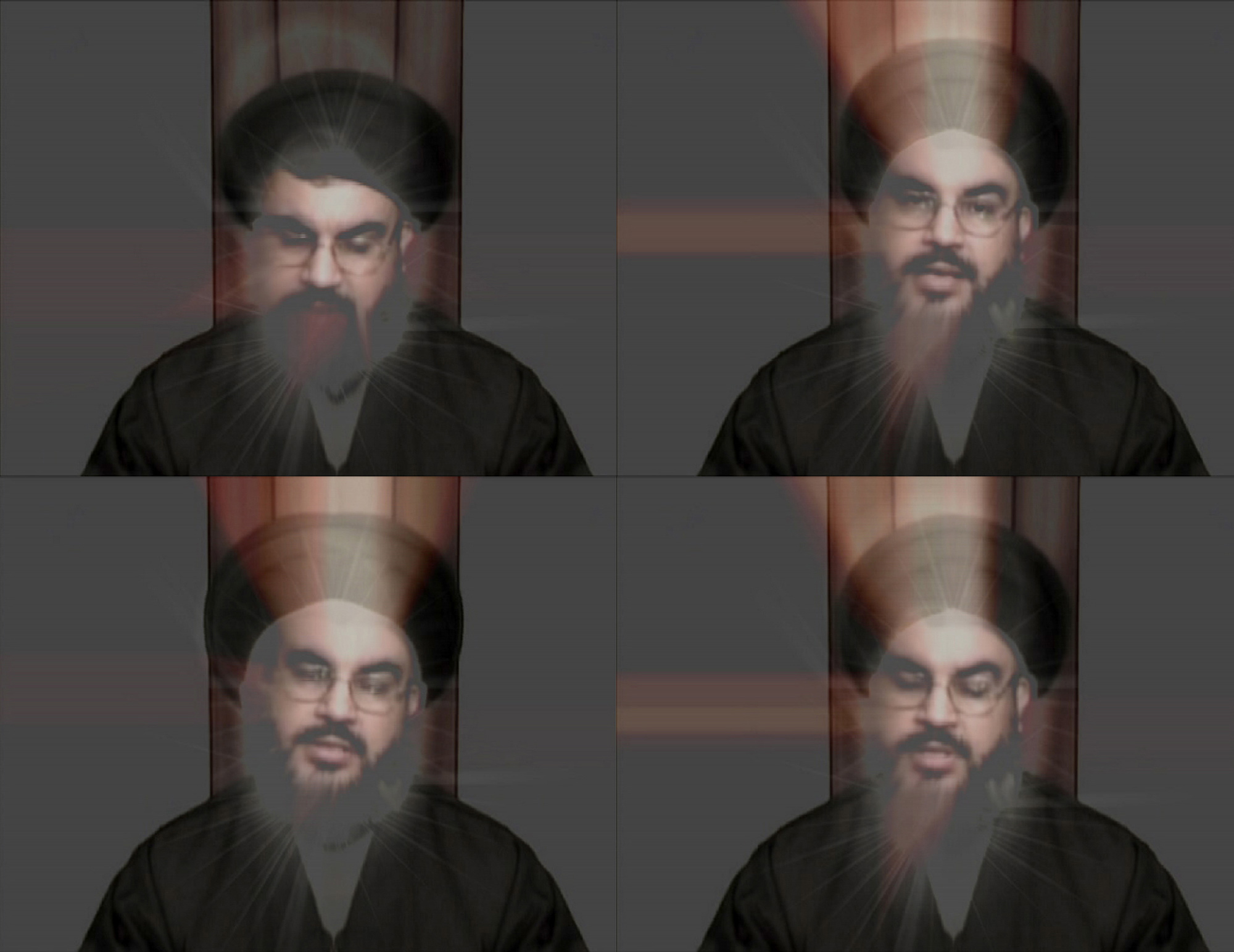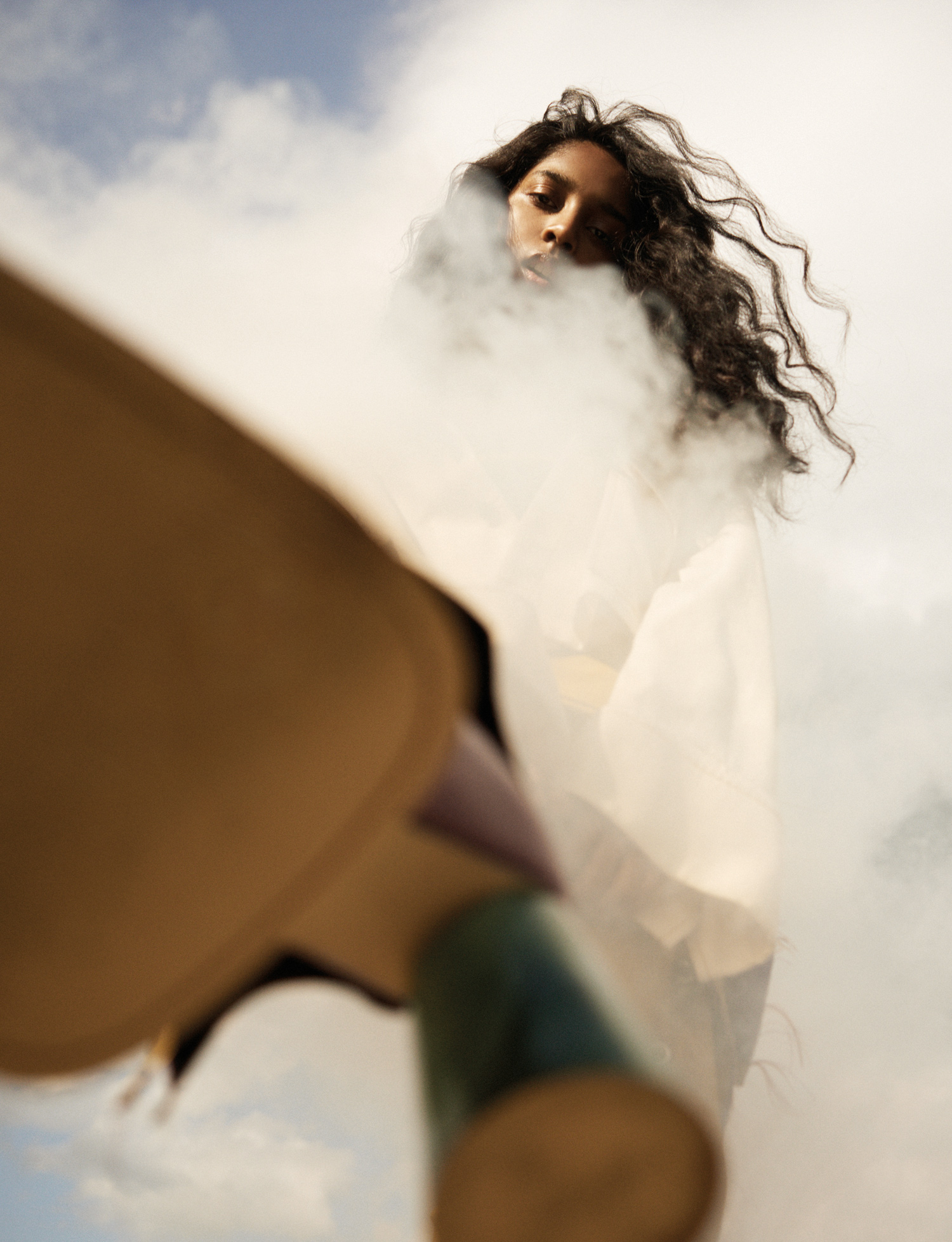How do you see seeing? Two artists known for producing a sense of endlessness
show us how—Yayoi Kusama grabs us along the way to infinity, while David
Hockney tugs on our perspectives. An unintentional double bill (or not), we review
their latest exhibitions in Singapore which overlapped during showings: YAYOI
KUSAMA: Life is the Heart of a Rainbow at the National Gallery Singapore, and
David Hockney: A Matter of Perspective at the Singapore Tyler Print Institute (STPI)
Gallery.
Yayoi Kusama's cult status as one of the most sought after living artists today
guarantees long queues at the gallery and timed visits to her installations, but
beneath the social media buzz and fanfare—which she endorses in all its
permutations—Kusama builds an engaging dialogue across social themes. Hers is
the story of childhood trauma, of hostility overseas and in her home country during
her career's infancy, of an ongoing battle with mental health which saw the artist
check herself into a treatment facility where she continues to stay. It's easy for
viewers to get lost in the vibrant colours and romanticise a happy rainbow
wonderland while ignoring Kusama's personal struggle—silent issues of the mind
made manifest and treated through her art practice. The irony is not lost on us.
Kusama's repetitive strokes and features in her work are anything but mechanical. In
her Infinity Net paintings, lines criss cross to form patterns that seem to move and
twitch as our eyes traverse the canvas. Each stroke is methodological yet imperfect;
a subtle graduation of colours masterfully applied to evoke the slightest push and
pull. Dots are also the hallmark of many works (and consequential merchandise) but
a lineage may be traced to later works featuring faces and eyes that swarm the
canvas and stare the viewer down. In the Love Forever series (2004 - 2007), 50
pieces of black and white drawings line the gallery’s high walls, enveloping visitors in
the same mesmerisation that her installations do.
stpi--creative-workshop---gallery--singapore.jpg)
The dots are not just devices of obliteration, but sisters to the eyes reminiscent of the
gazes surrounding Kusama which saw her leave the society at home “too scornful of
women” only to enter the male-dominated art world of 1960s New York. Today,
these dots are her tools of power as she stares back at a society that refused her. It
is with these eyes that viewers are awarded entry. Constantly, we are invited to step
in, take a peep, and take part. We not only glimpse her private world but become
participants of, our selves obliterated in the sheer depth of her work.
Born only eight years after Kusama, David Hockney’s art practice is similarly relevant
to the audience today. Constantly playing with our viewpoints, Hockney thrusts
viewers into a realm of perspective vortex. While the subject is familiar—furniture,
faces, and places—the distortion of content builds an endless loop. In 4 Blue Stools
(2014), the indoor landscape is animated. Though the points where the wall meets
the floor and corners remain plain to see, static horizontal lines meet the shift and tilt
of the vertical—leading our eyes in a roundabout maze past the chairs and through
the gallery; at once a visual contradiction to our assumptions of how spaces should
look. Hockney argues that "this may just be a lot closer to our experience of looking",
a statement which rings true. Our line of sight is never linear, but altered by light and
shadow, obstructed by pillars, people, and our flawed memories alike. Even after
years of living in the same house, our collated memory of the space does not always
match reality—table legs and chairs spring unannounced to stub toes and shoulders.
stpi--creative-workshop---gallery--singapore.jpg)
Hockney’s surroundings constantly warp in response to his characters and objects.
Part of his Moving Focus series, Tyler Dining Room (1985) depicts tiles that contort
around a dining table, focusing our perspective on what would be the crosshairs of a
camera. Even here, the painting depicted within the dining room seems to possess
its own reality, and is just as eager to leap off its frame. Elsewhere in the gallery,
Walking Past Two Chairs (1986) does exactly that—a chair leg boldly steps out of
the canvas and a table edge escapes onto the uneven frame. The frame is painted
and angled too, such that one walking past the work would see the errant chair leg
before encountering the lithograph. It is almost as if the visual transformations that
Hockney performs on his subjects enlarge and amplify onto our landscapes.
stpi--creative-workshop---gallery--singapore.jpg)
Perhaps both Kusama and Hockney herald a new turn in the flux of contemporary
art. Kusama’s immersive works are perfect for the social media age, and Hockney’s
relentless reinvention (cue the use of iPads) has this generation hooked. If the
layman requested key performance indicators of their popularity, the artists’ recent
solo shows at the Smithsonian’s Hirshhorn Museum and Sculpture Garden and Tate
Britain welcomed about 475,000 visitors respectively. In terms of art practice, both
artists are invested in the play of perspective—specifically in the examination of how
seeing and sight actually work—an investigation which then translates into the final
end product; when the artwork, encompassing the artists’ ideas, reaches fruition in
and through the viewer’s eyes.
The works of Hockney and Kusama are no doubt intriguing. Detractors are quick to
lament this generation’s obsession with taking nice photos (and to an extent, the art
museums who pander to such interests). But accessible is not a bad word. For every
time a visitor holds the smartphone camera, he or she participates in Kusama’s
obliteration and further pushes the plane of perspective in Hockney’s artworks, while
answering the incumbent question: how do we see.
.jpg)
